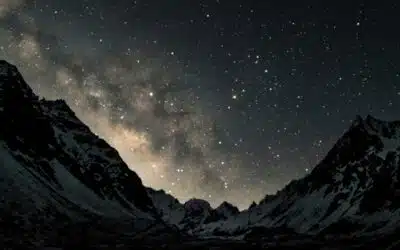The ground (gzhi)

Written By Damien Brohon
Dzogchen Terms | The Dzogchen basics
This article “The ground” is the first in a new category designed to provide a better understanding of the essential words and concepts of Dzogchen.
Series: The Dzogchen Terms
The ground (Tib. shi/gzhi)
This term refers to the primordial ground (Tib. yeshi/ye gzhi)* of all reality and is thus distinct from the ground of everything (Tib. kun shi/kun gzhi), which is its veiling. The primordial ground is defined by its empty essence (Tib. ngowo tongpa/ngo bo stong pa), which lies beyond all ontological and conceptual determination, and by its natural expression (Tib. rangshin sälwa/rang bzhin gsal ba), its dynamic luminous aspect. Through distinguished in the teachings, these two terms actually form a single reality that manifests as unstoppable sovereign manifestation (Tib. tukjé gagmé/ thugs rje ‘gags med) – that is, the radiance of the ground in the form of phenomenal diversity. Phenomena are said to be “pure” if there is recognition of their empty and luminous nature and “impure” if there is no such recognition. This dichotomy in their manifestation does not change their essence: pure or impure, they always proceed from the same ground. In Dzogchen, the spiritual path consists of seeing this directly. In this sense, it is said that the result is at the ground. Indeed, the result is not the gradual product of the path, but rather the definitive realization of what has been/is/will always be – for it is beyond time and always perfect.
* Tibetan terms are given in parentheses: the first is the phonetic transcription and pronunciation in Lhasa, and the second is the Wylie transcription indicating the Tibetan spelling of the term. BACK
More Posts
The Supplication that Fulfills All Wishes
In “The Supplication that Fulfills All Wishes”, Mila Khyentse gives us a prayer from his Master for difficult times and conditions.
The Fourth Time
In the article ” The Fourth Time ” , Johanne talks about the three times… and the fourth one, beyond time.
A Dream Life
In « A Dream Life », Grégoire wonders what the “right conditions” would be for practicing a spiritual path.




